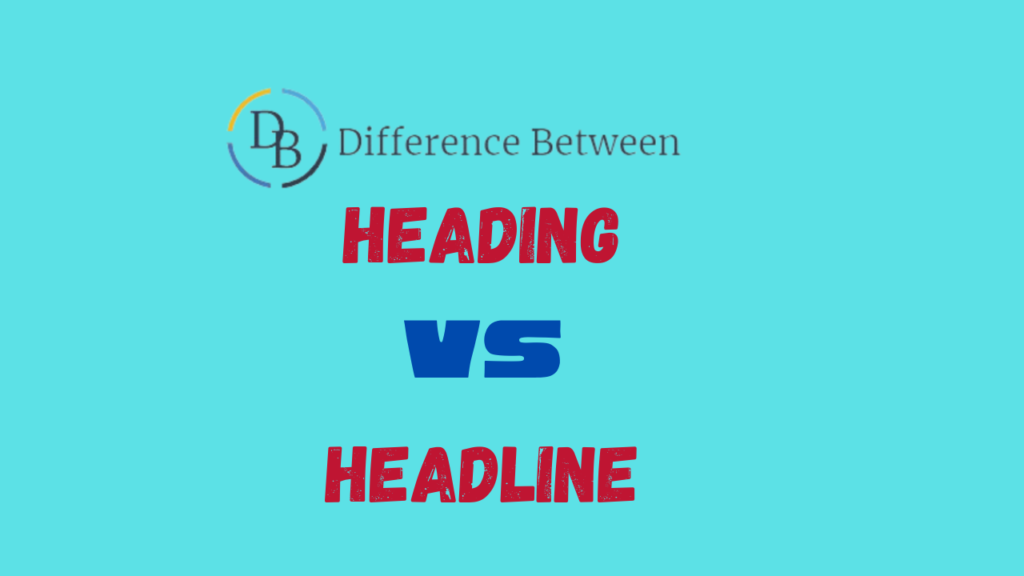In the realm of communication, particularly in written content, the terms “heading” and “headline” are often used interchangeably. However, they serve distinct purposes and carry different connotations in the world of journalism, marketing, and content creation. This article aims to elucidate the dissimilarities between these two terms, shedding light on their unique roles and functions.
What is Heading?
A heading is a brief, descriptive phrase or sentence that introduces or categorizes a section of content. It is commonly used to break down longer pieces of writing into manageable segments, providing readers with a roadmap of the information to come. Headings are integral in organizing content, enhancing readability, and guiding the reader through the material.

What is Headline?
On the other hand, a headline is a concise and attention-grabbing statement designed to entice the reader and convey the main idea of an article, news story, or marketing piece. Headlines are crafted to stand out and generate interest, often serving as a hook to compel the audience to delve deeper into the content.
Difference Between heading and headline
- Purpose:
- Heading: Primarily serves an organizational purpose, aiding readers in navigating and understanding the structure of the content.
- Headline: Aims to capture attention, spark interest, and encourage readers to explore the entire piece.
- Length:
- Heading: Tends to be longer and more descriptive, providing a clear indication of the content that follows.
- Headline: Is shorter, snappier, and focused on grabbing immediate attention, often limited to a few words or a concise sentence.
- Placement:
- Heading: Appears within the content, usually at the beginning of a section or subsection.
- Headline: Typically found at the beginning of an article or on the front page of a publication, acting as a title or summary.
- Tone:
- Heading: Generally neutral and informative, reflecting the content it precedes.
- Headline: Often employs a more creative and attention-grabbing tone, aiming to evoke curiosity or emotion.
Related: Difference Between Perception and Conception
Comparison Table:
| Criteria | Heading | Headline |
|---|---|---|
| Purpose | Organizational | Attention-grabbing, promotional |
| Length | Longer and descriptive | Short and concise |
| Placement | Within content | At the beginning, front and center |
| Tone | Neutral and informative | Creative, enticing |
Conclusion:
In conclusion, while both headings and headlines play crucial roles in written communication, their purposes, lengths, placements, and tones set them apart. Understanding the nuances between these terms is essential for effective content creation, ensuring that your writing is not only well-organized but also captivating and engaging for your audience. So, the next time you embark on crafting content, be mindful of whether you need a heading to guide or a headline to hook your readers.

